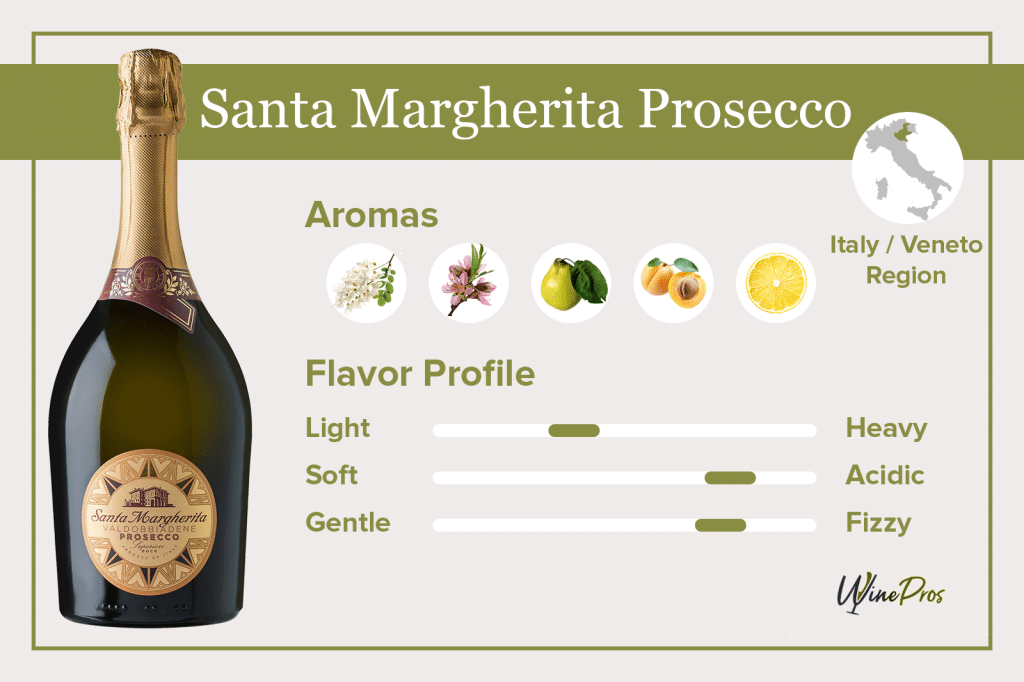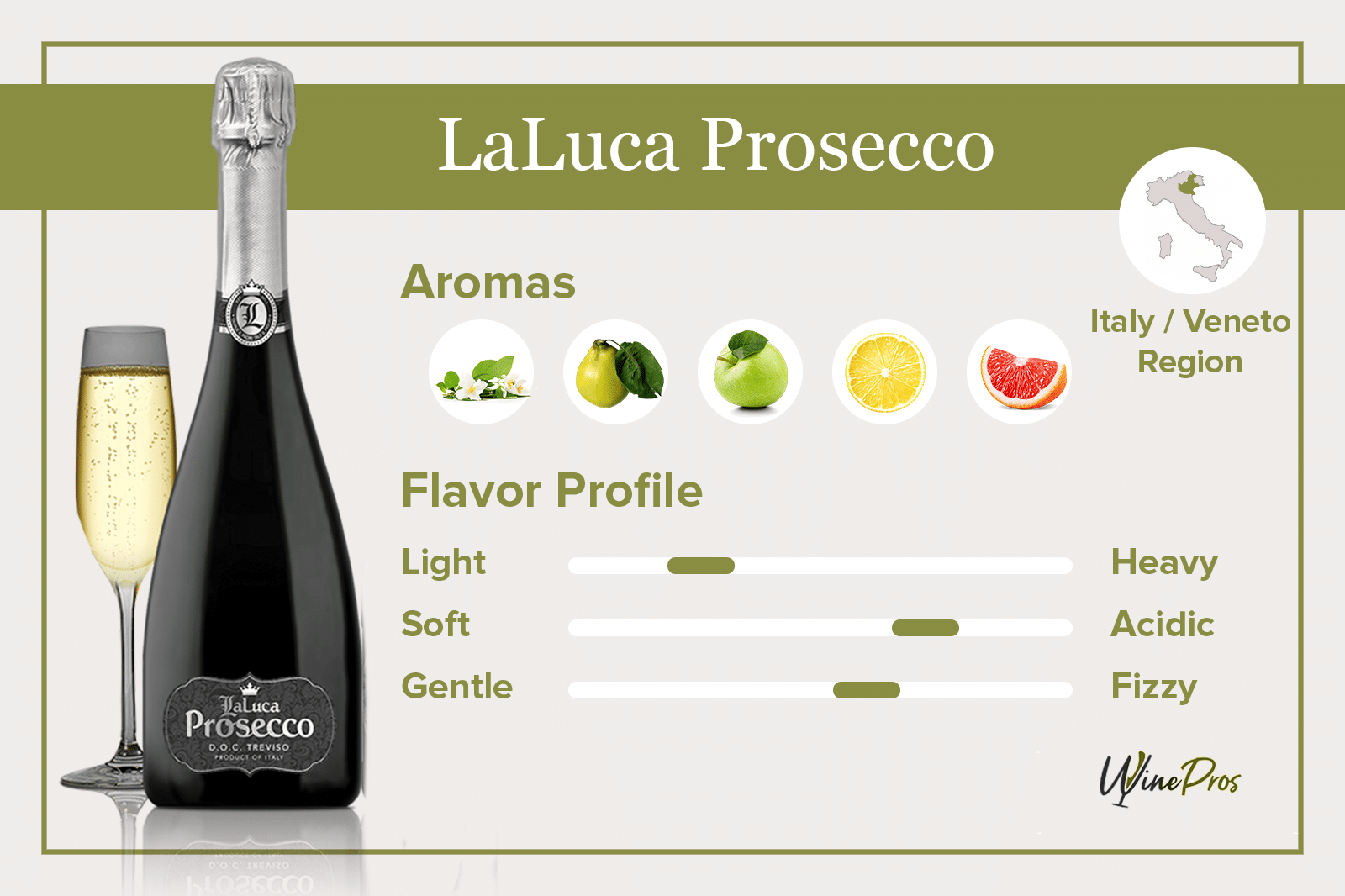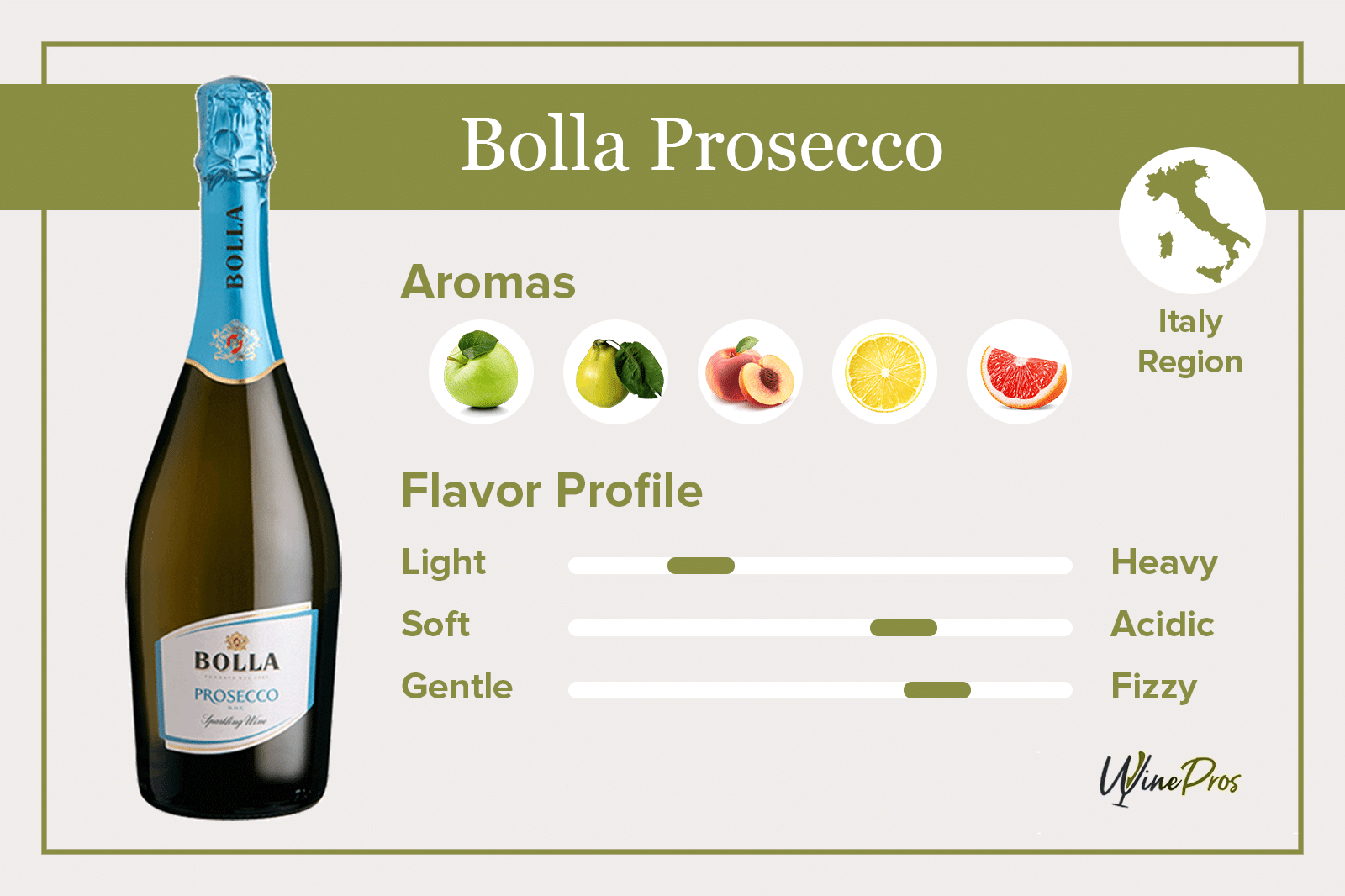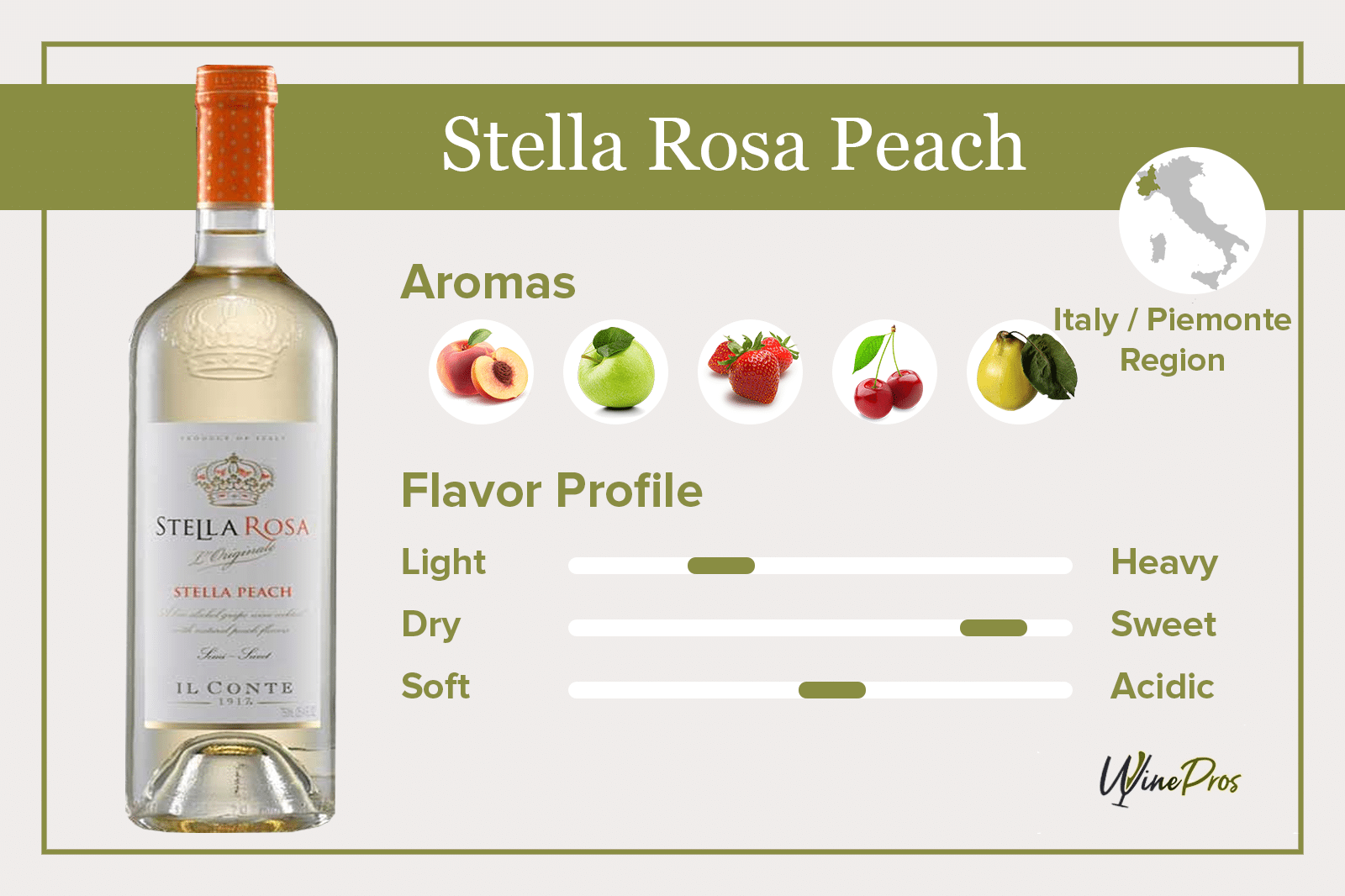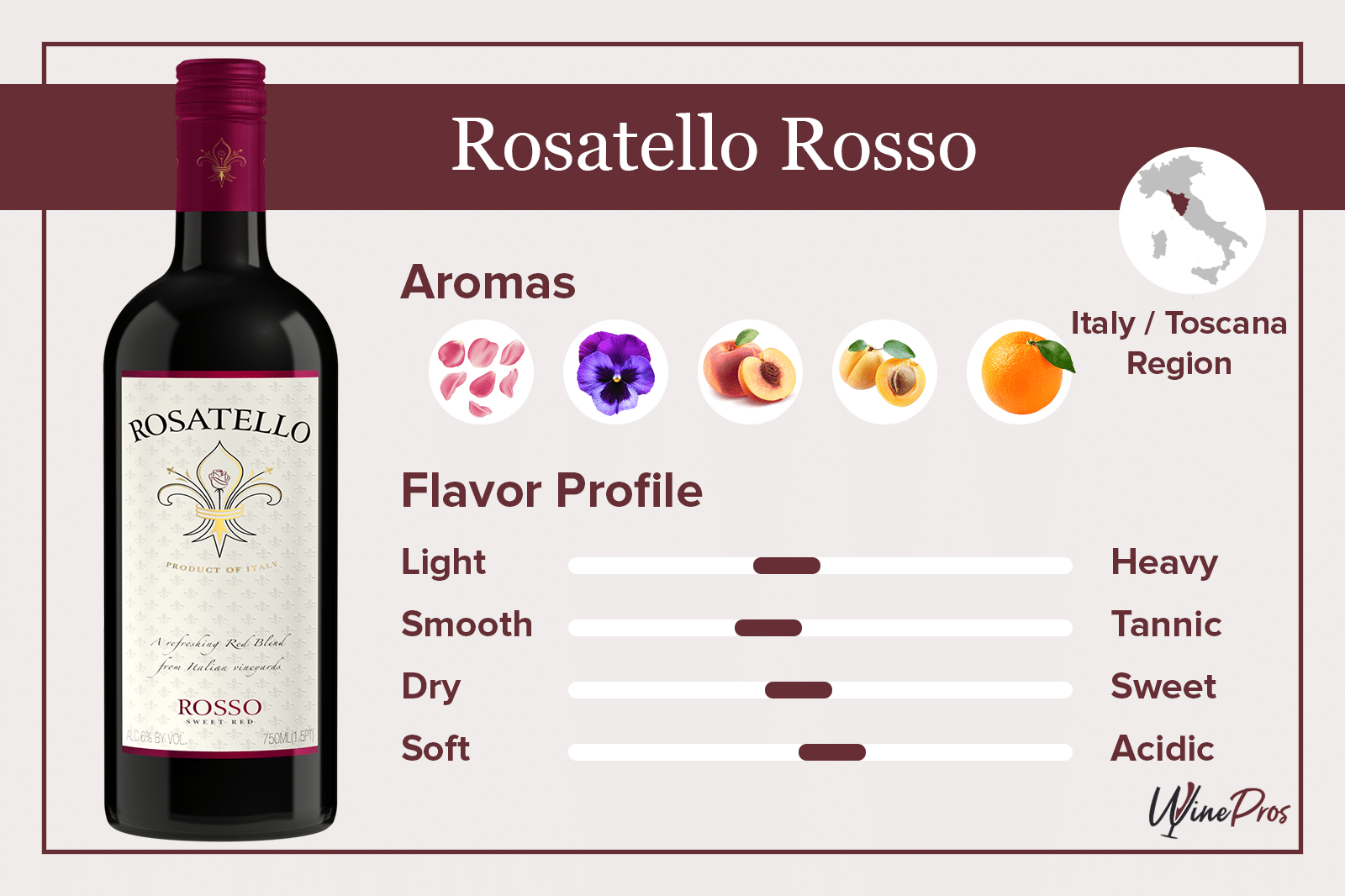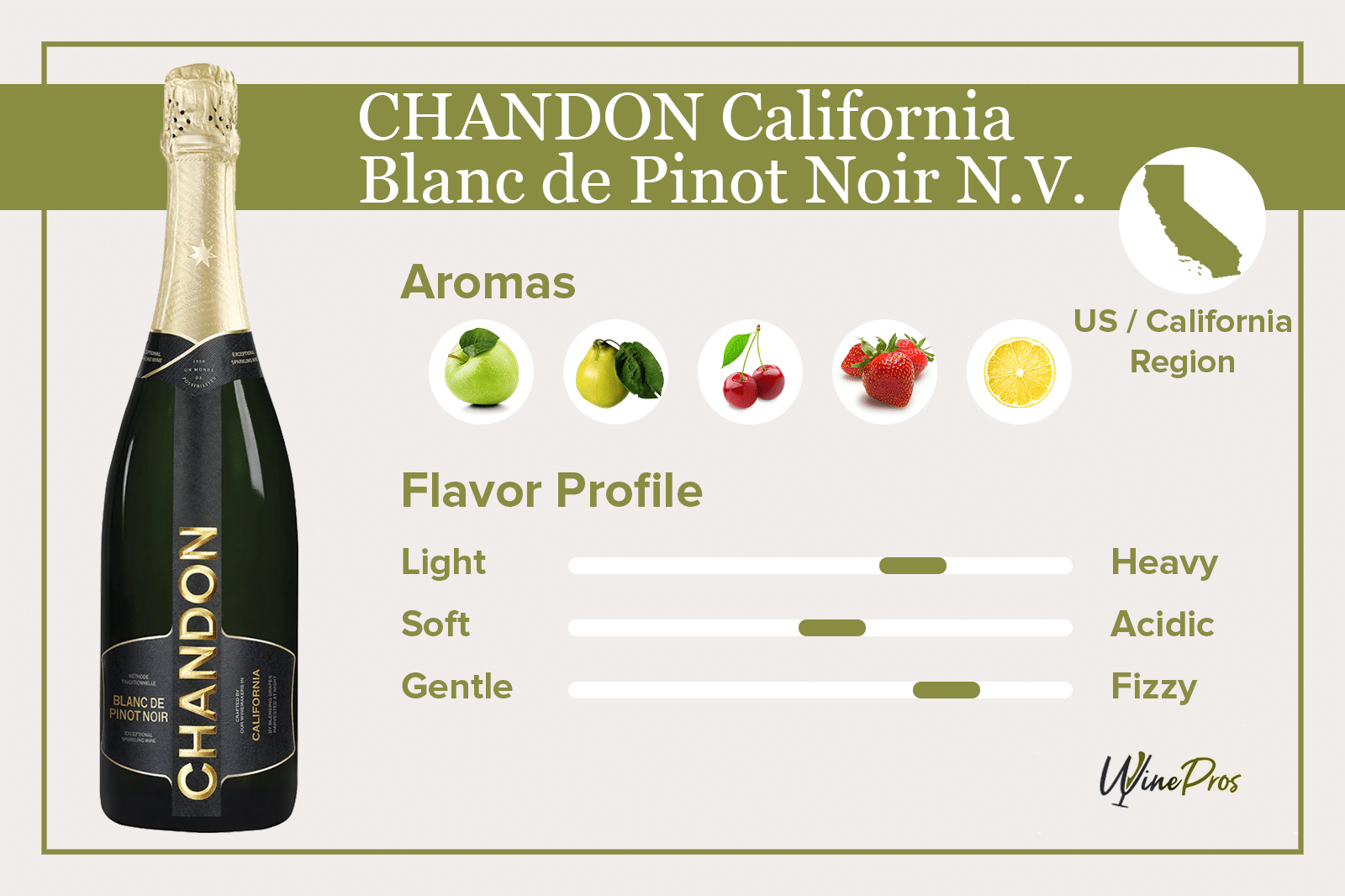What Kind of Wine Is Santa Margherita Prosecco?
Santa Margherita Prosecco is dry and crisp, with fine, lively bubbles. It has delightful aromas of pear and peach blossom and tropical flavors in the mouth. The elegant taste refreshes the palate while the finish is creamy. Santa Margherita Prosecco is fantastic.
Traditionally from Veneto in North-Eastern Italy, Prosecco owns the name for a small village. It is fermented almost solely from a grape called Glera. Proseccos are non-vintage, meaning they do not come with a year of production on the label. Santa Margherita Prosecco Superiore is not made with the traditional method of creating sparkling wines, where ‘riddling’ is involved, but with a method used exclusively in Italian wine-making. Since Proseccos are made in a less expensive way than Champagne, they are very affordable.
Santa Margherita Prosecco Review

- Winery — Santa Margherita Italy
- Country/Region — Italy, Veneto, Treviso, Valdobbiadene and Conegliano
- Type — Italian Prosecco
- Aroma — Acacia, Peach Blossom, Pear, Apricot, Lemon, Orange Peel, Almond
- Grapes — Glera
- Taste — Pineapple, Mango, Grapefruit, Strawberry, Cherry, Plum, Butter, Brioche Bread, Dried Apricot, Vanilla Spice
- Alcohol Content — 11.5%
- Sugar — Dry
- Pairing — Tuna Bruschetta, Scallops, Camembert Cheese
Santa Margherita Prosecco Di Valdobbiadene is an attractively fruity sparkling wine reminiscent of pears, tropical fruit, and peach blossom. With a mellow and well-balanced palate, as well as fine bubbles, Santa Margherita Prosecco grants incredible sensations. It is a super Prosecco that delivers in all the right areas. I highly recommend it!
Tasting Notes
Santa Margherita Prosecco is a superb sparkling wine. It starts with a delicate floral bouquet of acacia mingled with aromas of green and citrus fruit. Then, on the palate, tropical flavors blend with notes of cherry and plum, accompanying the bubbly personality. The finish is lengthy and creamy. As a consequence, Santa Margherita Prosecco is firm, crispy, and savory. It is a Prosecco to celebrate.
Appearance
Santa Margherita Prosecco wine has a pale-yellow hue, which displays innocence and a certain freshness. Swirls later, the color transforms into a medium lemon-green near the rim, while the center is translucent. On top of that, the tears of the wine are long and watery. That is a very nice appearance, indeed.
Aroma
Santa Margherita has a very recognizable nose. The reason for this is that from the moment the bottle is uncorked, a flow of elegant fragrances appear. Aromas of acacia and peach blossom interlace with pear, apricot, and lemon and define the bouquet. Just before these scents disappear, though, a note of orange peel also surfaces and mingles with a touch of toasted almond. Santa Margherita Prosecco, consequently, has a memorable nose.
Taste
With excellent effervescence, Santa Margherita Prosecco has a lovely palate. As the wine flows into the mouth, pineapple and mango flavors emerge and offer a tropical sensation. They then mix with notes of red fruits, like strawberry and cherry, which is uncommon for Proseccos. Next, a hint of plum combines harmonically with butter and brioche flavors. This attractive sweetness displays drive and focus. Finally, the crisp acidity refreshes from the intense fruitiness and complexity.
Finish
Santa Margherita Prosecco ends the tasting profile with a long finish. Subtle hints of dried apricot and vanilla give a distinctive sweetness, adding depth to this marvelous conclusion. Santa Margherita Prosecco finishes the wine-drinking experience as delightfully as it started it.
Rating
If you need premium Italian sparkling wine, go for Saint Margherita Prosecco. Frankly, there are not many Proseccos on the market that offer such a quality of aromas and flavors. Nice, foamy bubbles, delicate blossoms, and crisp pear on the nose, together with pineapple flavors on the palate, create an almost perfect sparkling wine. Saint Margherita Prosecco is an excellent choice when looking to celebrate a promotion or for any special occasion for that matter.
Santa Margherita Prosecco Food Pairing
Perfect as an aperitif, it is ideal with fish or cheese appetizers, or even with a meal of delicately flavored dishes. Some tuna bruschetta or sauté scallops with basil or thyme pesto, for example, make a superb combination with Saint Margherita Prosecco. Likewise, creamy Camembert cheese or rich Brie cheese accompany the fizziness and light-hearted nature of the wine. In general, Saint Margherita Prosecco is the ‘go-to’ sparkling to pair with delicately-flavored Italian and international dishes.
Frequently Asked Questions
Who Makes Santa Margherita Prosecco?
Santa Margherita Prosecco is a product of Santa Margherita Italy. Founded in 1935, Santa Margherita has more than eighty years in the production of Italian wine. Love and respect for the territory, attention to native grape varieties, a deep bond with tradition, and an endless pursuit of quality are their founding principles.
The winery belongs to Santa Margherita-Gruppo Vinicolo, which encompasses a family of estate properties from Italian appellations including Alto Adige, Chianti Classico, Toscana Maremma, Sicily, and Franciacorta. They are considered chief ambassadors of Italian wine-making around the world.
How Is Santa Margherita Prosecco Made?
As an Italian Prosecco, Santa Margherita Prosecco is made by following the Charmat fermentation method. Charmat is also known as the Tank Method and ensures a balance of sweetness and vibrant acidity. It helps to create wines that preserve their varietal character. For this reason, it is used almost exclusively in the production of Prosecco.
During harvest, the Glera grapes are hand-picked and undergo cold maceration before being crushed to release their juice. This grape juice undergoes two separate temperature-controlled alcoholic fermentations. During the first, it is placed into large tanks to maintain fresh fruit flavors. Afterward, the base wine goes into pressurized tanks for the ‘prise de mousse’. There, it conserves natural vibrancy at controlled temperatures of sixty degrees Fahrenheit (sixteen degrees Celsius). This fermentation lasts eighteen to twenty days.
Once the desired pressure is reached, the wine chills to 25 degrees Fahrenheit (minus four degrees Celsius) to block the fermentation and encourage stabilization. Next, it is kept at a controlled temperature for at least one month to favor natural maturation in contact with the lees. When it ends, the final wine is filtered from sediments and bottled, again under pressure.
Where Is Santa Margherita Prosecco Made?
Santa Margherita Prosecco is from Glera grapes cultivated on hills between Valdobbiadene and Conegliano, located in Treviso, Veneto. Both regions are considered popular wine-making zones. The landscape has hogback hills, small plots of vines on narrow grassy terraces called ‘ciglioni’, small villages, and farmland.
Since the seventeenth century, the use of ‘ciglioni’ has created a checkerboard-like landscape consisting of rows of vines parallel and vertical to the slopes. The Bellussera technique of training the vines also contributes to the aesthetic characteristics of the landscape. In Santa Margherita Prosecco’s case, the training method used is the Sylvoz and Cappucina system. That is in drastic difference to the most common training methods of Pergola and Guyot. The soil is moraine in origin, relatively shallow, with sandstone and conglomerates, which helps the vines trap water and stay hydrated, as rainfalls are low.
Veneto has a moderate climate with short, dry summers and low rainfall during the growing season. Most of the vineyards experience a diurnal range due to their altitudes, making them ideal for the production of aromatic whites, such as Prosecco. Consequently, Treviso is an ideal habitat for grape varieties as it brings out the best of their organic characteristics.
Italy showcases a large number of indigenous varietals and creates a vast range of wine styles. It is a wine-making region that has made wine for over a thousand years. And it advocates that the vineyard location is far more important than science and the winemaker’s role in the production of wines.
How to Serve Santa Margherita Prosecco?
Santa Margherita Prosecco tastes incredibly alive when chilled. Wine enthusiasts have to cool the wine for up to three hours before serving at 50 degrees Fahrenheit (eight to ten degrees Celsius). Take the bottle, wrap it around with a wet paper towel, and place it in the fridge.
When chilled, uncork the wine and pour into medium-sized tulip glasses with a narrow rim or flute glasses. The lively bubbles concentrate into the small environment before they are released and are sent rapidly to the top of the glass, exploding on the nose. In addition, the tulip glasses collect more floral aromatics with their wider bowl shape—good to keep in mind. If tulip or flute glasses are not available, standard-sized white wine glasses suffice. They also help to aerate the wine and release its aromatic intensity.
To keep Santa Margherita Prosecco cool during serving, use an ice bucket or wine cooler. The bucket should be filled three-quarters full with equal quantities of ice and water so that iced water surrounds the bottle. The water is then able to transfer the heat from the bottle to melt the ice. Air acts as an insulator, and the bottle chills. Careful to not over-chill the wine, though. Otherwise, you risk hiding its flavors.
How Much Does Santa Margherita Prosecco Cost?
Santa Margherita Prosecco is part of the Valdobbiadene line, which is premium. That means that wine enthusiasts have to pay above the average price-point of an Italian Prosecco to obtain this sparkling. Santa Margherita Prosecco prices range from $15 to $40 or more, depending on the vintage, vendor, and label. Consequently, Santa Margherita Prosecco can be even more expensive than a Champagne. To sum it up, it is one of the most premium Italian sparkling wines on the market, and that is great.
How Long Does Santa Margherita Prosecco Last?
Santa Margherita Prosecco, due to its high quality, can retain its freshness for two to three years, something which is very rare for a Prosecco. Therefore, Santa Margherita Prosecco should be sealed with a cork and stored in an environment with room temperatures that do not fluctuate (fifty to sixty degrees Fahrenheit or ten to fifteen Celsius) and slight humidity. Direct sunlight or artificial light should be avoided as they may damage the wine and make it faulty. Odors also have to be kept at bay, as they might find their way inside the bottle and instill unpleasant aromas and flavors, like vinegar.
How Many Calories Does Santa Margherita Prosecco Have?
Santa Margherita Prosecco has a super low caloric-density, like most Italian sparkling wines. Santa Margherita Prosecco calories amount to 100 per serving, equating to almost 21 calories in 1 fluid ounce of the beverage. The calories breakdown is 0 grams of fats, 10 grams of sodium, 1 gram of total carbohydrate, 0 grams of protein, and 1 gram of total sugars. Therefore, the calories are low, with the wine being a fantastic beverage choice for consumers on a diet. Santa Margherita Prosecco alcohol content is 11, 50% per 750ml bottle, a regular alcohol concentration for a Prosecco.
Conclusion
Santa Margherita Prosecco Di Valdobbiadene is an attractively fruity sparkling wine reminiscent of pears, tropical fruit, and peach blossom. With a mellow and well-balanced palate, as well as fine bubbles, Santa Margherita Prosecco grants incredible sensations. It is a super Prosecco that delivers in all the right areas. I highly recommend it!

